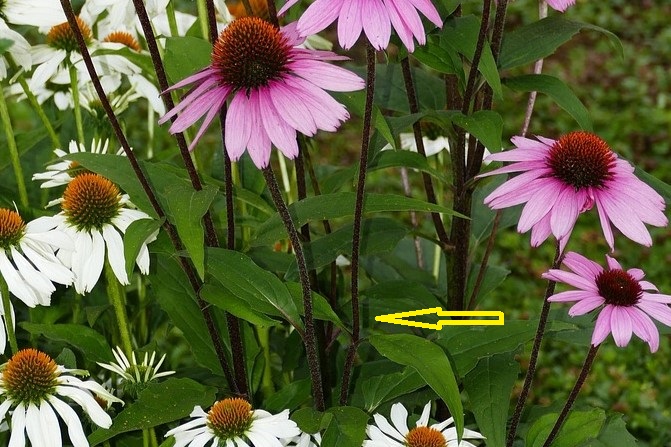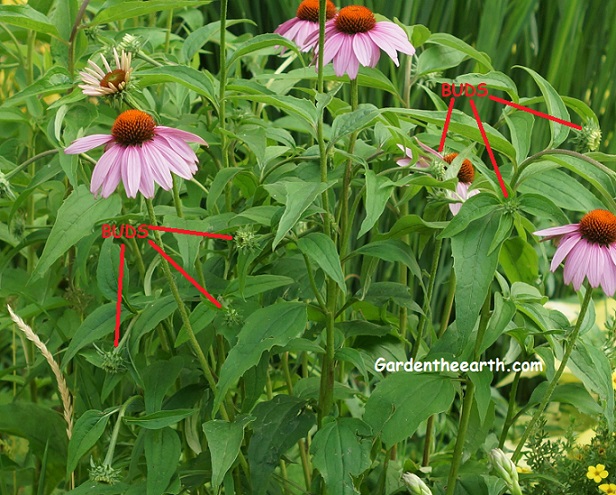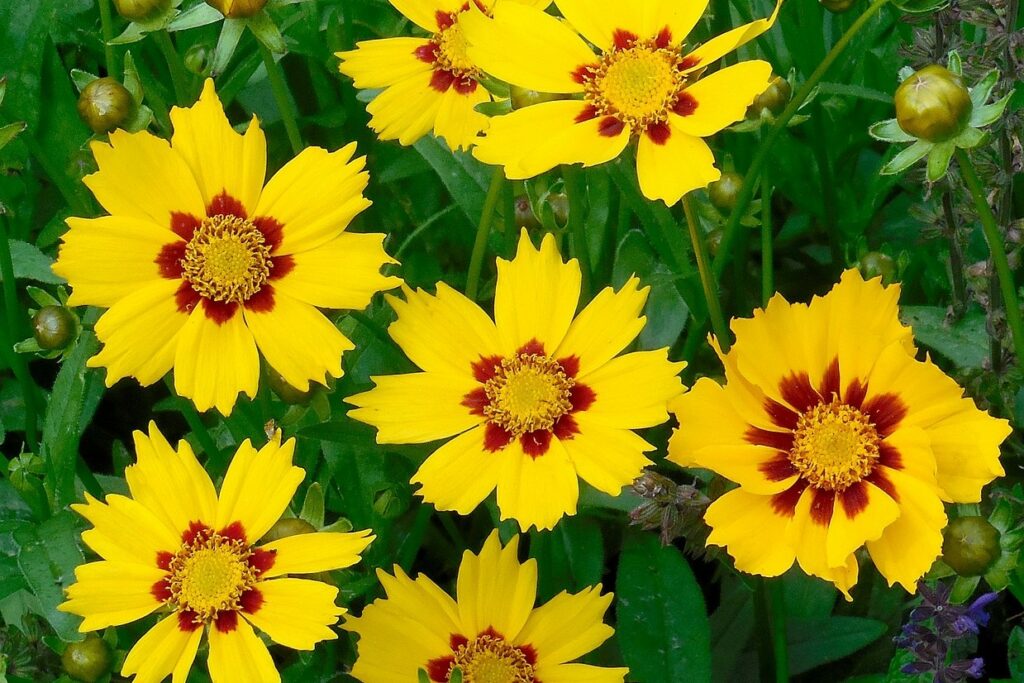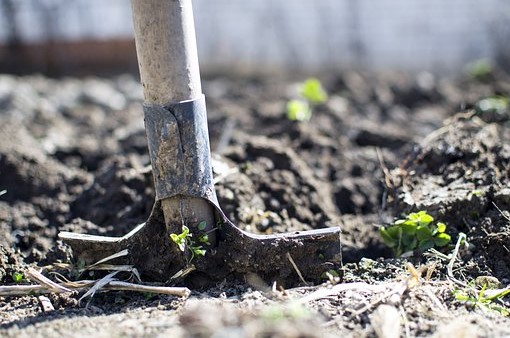Pruning and Deadheading Coneflowers
Pruning and deadheading Coneflowers are important maintenance tasks that help to promote healthy growth and encourage more blooms. Deadheading involves removing spent flowers from the plant, while pruning involves cutting back the stems and foliage. By removing dead flowers and stems, the plant can focus its energy on producing new growth and blooms.
Regular pruning and deadheading can also help to prevent disease and pest problems. When dead flowers and stems are left on the plant, they can attract pests and provide a breeding ground for disease. By removing these parts of the plant, you can keep your Coneflowers healthy and thriving. Here are the techniques I’ve used for pruning and deadheading Coneflowers so they stay healthy and blooming up to frost.
Why Prune and Deadhead Coneflowers
Pruning Coneflowers involves cutting back the stems and foliage to control their growth. Pruning helps to promote bushier growth and prevents the plant from becoming too leggy.
Deadheading Coneflowers involves removing spent blooms to encourage the plant to produce more flowers. Deadheading can be done throughout the growing season as soon as the flowers start to fade. This helps to extend the blooming period and prevents the plant from wasting energy on producing seeds.
By pruning and deadheading Coneflowers, the plant can focus its energy on producing more flowers and foliage, rather than on producing seeds. This can result in a healthier and more attractive plant.
In addition, pruning and deadheading can help prevent disease and pest problems. By removing dead or diseased plant material, the risk of fungal infections and insect infestations is reduced.
Pruning and deadheading are techniques that can help improve the growth, health, and appearance of coneflowers.
When to Prune and Deadhead Coneflowers
Early Spring
In early spring, it’s best to prune Coneflowers to remove any dead or damaged foliage from the previous season. This will help prevent any diseases or pests from spreading and allow new growth to emerge. Use sharp pruning shears to make clean cuts and dispose of any debris to prevent the spread of disease.
Mid-Late Summer
When to start deadheading your Coneflowers will depend on when they started blooming. Within a couple of weeks of first blooms you should have fading blooms that are ready for deadheading. Remove spent flowers to encourage new blooms. The process should continue throughout the season as blooms fade. Use sharp pruning shears to cut the stem just above the first set of leaves below the flower head.

Fall
In the fall, it’s best to leave the Coneflower seed heads intact to provide food for birds and other wildlife. Seed heads can also be left intact for harvesting seeds or naturalizing seeds for spring plants. If you don’t want the plants left through the winter they can be pruned to the ground in the fall. New bushy growth will start in the spring.
When pruning and deadheading Coneflowers, it’s important to use sharp pruning shears to make clean cuts and prevent damage to the plant. Damaged stems can turn dark and be unattractive. It’s also essential to dispose of any debris to prevent the spread of disease.
How to Prune and Deadhead Coneflowers
Tools to Use
Before pruning and deadheading Coneflowers, it is important to have the right tools. The following tools can be used for this task:
- Sharp pruning shears
- Garden snips
- Garden scissors
It is important to use clean pruning shears to prevent the spread of diseases. Sanitize the tools before and after use to prevent the spread of diseases between plants.
Steps to Follow
- Identify the dead or damaged flowers on the Coneflower plant. Dead flowers can be identified by their brown color and lack of petals. Damaged flowers may have torn or discolored petals.
- Use the sharp pruning shears or garden snips to cut the dead or damaged flowers at the base of the stem. Make sure to cut the stem just above the first set of leaves. Repeat the process for each stem.
- Selectively prune the Coneflower plant one-third of the stem’s length to encourage new stems. You might have to sacrifice some blooms to do this depending on when it’s done. New branches will form on the stem with new buds.
- Dispose of the dead flowers and plant material in the compost bin or trash.
Benefits of Pruning and Deadheading Coneflowers
Pruning and deadheading Coneflowers can provide numerous benefits for the plant and the garden as a whole. Here are some reasons why you should consider pruning and deadheading your Coneflowers:
- Promotes new blooms: Deadheading Coneflowers encourages the plant to produce more flowers, leading to a longer blooming period. Regular pruning can also help to control the plant’s growth and shape, resulting in a more compact and attractive appearance.
- Keeps the garden tidy: Removing spent flowers and stems can make the garden look neater and more organized. Plants look cleaner and healthier when they are properly pruned and deadheaded regularly.
- Encourages seed heads: Deadheading can also encourage the formation of seed heads, which can be used for composting or saved for replanting. This can be particularly useful if you want to save seeds from your Coneflowers.
- Benefits pollinators and wildlife: Coneflowers are beneficial for bees, butterflies, and other pollinators. By promoting new blooms and seed production, pruning and deadheading can help to support wildlife and encourage them to visit your garden.
- Promotes healthy growth: Regular pruning can help to prevent disease and pests by removing damaged or diseased parts of the plant. This can result in healthier, stronger growth and a more resilient plant.
- Improves aesthetic and ornamental value: Pruning and deadheading can improve the appearance of the plant, making it more attractive and ornamental.

Overall, pruning and deadheading Coneflowers can be an effective way to promote healthy growth, encourage new blooms, and support pollinators and wildlife. By taking a little time to prune and deadhead your plants regularly, they will provide continuous growth and blooms.
How to Deadhead Coneflowers for Re-Seeding
To harvest Coneflowers for re-seeding, you should wait until the flower has finished blooming and the petals have fallen off or are dry. The seed head is the spiky cone-shaped structure in the center of the flower and should be completely dry.
To deadhead the plant, cut the stem just below the seed head using a pair of sharp, clean scissors or pruning shears. Be sure to cut the stem at an angle to prevent water from pooling on the cut surface and causing rot.
If you want the plant to self-seed, you can leave the seed head on the plant until it turns brown and the seeds are mature. The seeds that are not eaten by birds may be knocked to the ground and germinate the following spring.
How to Care for Coneflowers After Pruning and Deadheading
1. Remove Dead Leaves and Buds
After pruning and deadheading, remove any dead or yellowing leaves and buds. Dead leaves and buds can attract pests and diseases and discourage new growth.
2. Remove Spent Blooms
Continue to remove spent blooms throughout the season to encourage new buds and flowers.
2. Fertilize
It’s best to fertilize Coneflowers only once a year in the spring. Don’t over-fertilize or they could get leggy.
4. Water and Mulch
Coneflowers are drought-tolerant, but they do best with regular watering, especially during dry spells. Water deeply as needed, and mulch around the base to retain moisture. Excessive heat stress can slow bud formation and reduce the plants ability to develop new stems.
5. Transplant with Care
If you need to transplant your Coneflowers, do so in the spring or fall when the plant is not in full bloom. Dig a hole twice the size of the root ball and plant the coneflower at the same depth as it was in the previous location.
By following these tips, you can ensure that your coneflowers remain healthy and produce beautiful blooms year after year.
Explore More:






Comments
Pruning and Deadheading Coneflowers — No Comments
HTML tags allowed in your comment: <a href="" title=""> <abbr title=""> <acronym title=""> <b> <blockquote cite=""> <cite> <code> <del datetime=""> <em> <i> <q cite=""> <s> <strike> <strong>